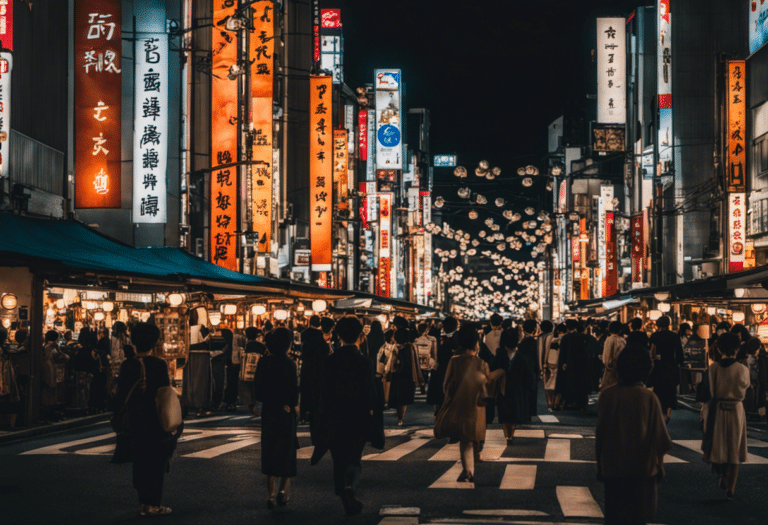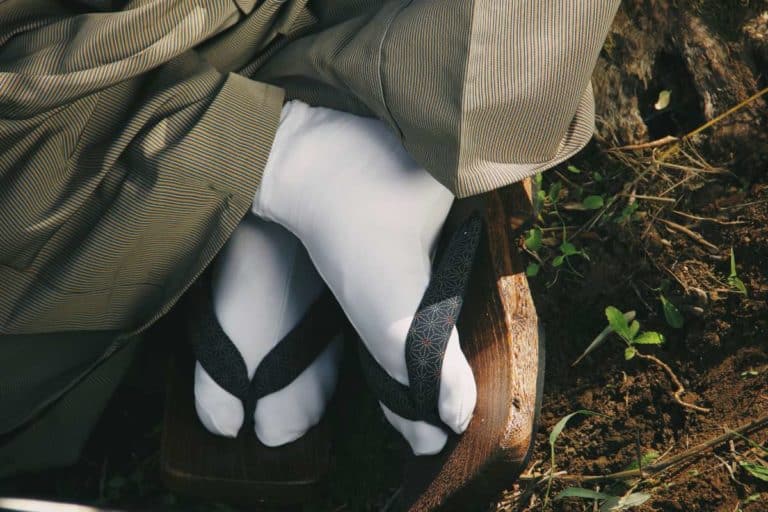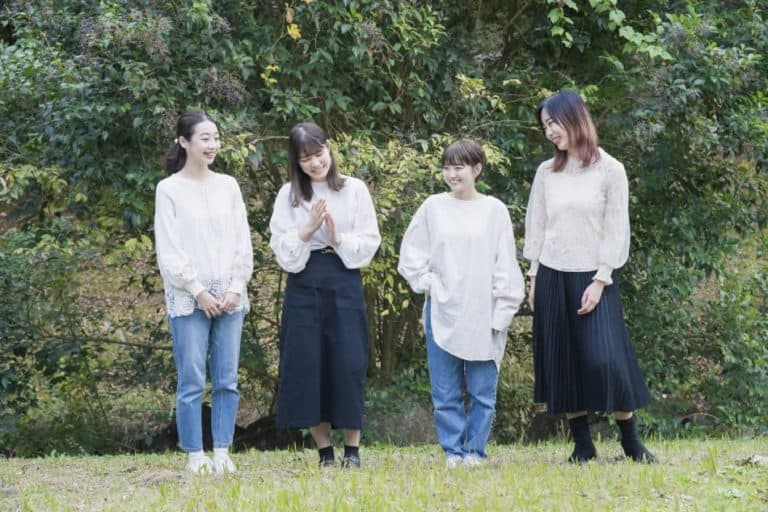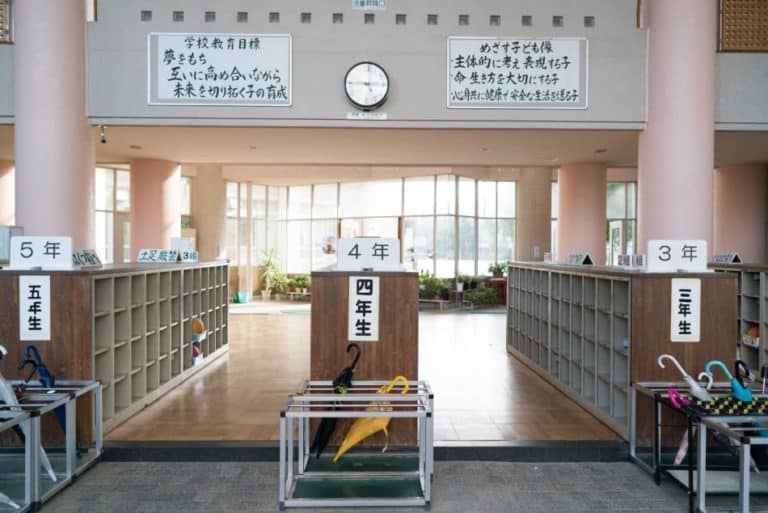Why do the Japanese Sit on the Ground?
The most apparent reason for sitting on the ground is that it’s more comfortable than sitting in an uncomfortable chair all day.
The ground provides padding and support for your spine while being cool in summer and warm in winter! But this isn’t all…
Other benefits come with sitting cross-legged rather than Western-style, like increased blood flow throughout your body from improved posture, which can also help you get rid of toxins faster!
You might be surprised that there’s less pressure on the knees and hips when sitting Japanese style, which can help you avoid getting back pain from long periods of sitting.
When you sit Japanese style longer, the body is forced to expand its range of motion and exercise muscles that it doesn’t typically use.
With all these benefits, it’s pretty clear why most people sit on the floor rather than on a chair.
There are other reasons, such as the aesthetic nature of the Japanese-style room that allows people to enjoy the tranquility and serenity of their surroundings.
It is said that those who sit on the floor for extended periods will avoid sicknesses.
This could be because a constant flow of blood and nutrients passes through your body when sitting Japanese-style, which can help you feel more invigorated over time.
But the question remains:
Why do the Japanese sit on the floor?
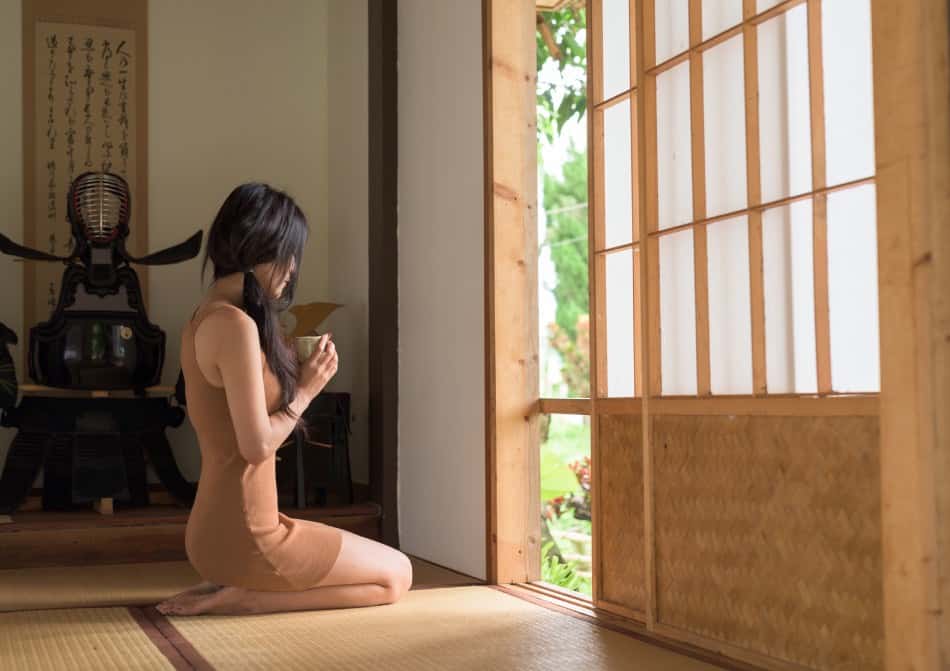
This is because it’s just what people have done in Japan for centuries.
Japanese people are used to sitting on the floor since childhood, so it doesn’t bother us. Japanese-style rooms have always been designed with this type of seating, and Westerners who visit Japan often find it strange that we sit on the floor instead of chairs or benches.
Even if you try to add something to your room, like a wooden or tatami chair, it’s still used in the Japanese style – leaving one foot on the floor while you sit with both legs crossed.
In Japanese society, sitting on the floor is considered proper etiquette, so you should avoid putting your legs on any furniture and only place them out from under your chair when you’re not sitting on the ground.
Even if you live in a house with a tatami mat, it’s common to see many everyday items like futons and refrigerators side-by-side with antique furnishings. These can make for beautiful contrasts, creating an aesthetic atmosphere unique to Japan.
Is sitting on the floor bad for your back?
Sitting on the floor doesn’t inherently make your back bad for sitting. Instead, how you sit determines if it will be good or bad for your back.
For example, suppose you’re in a position where your spine is flattening out and putting pressure on your lower discs; then yes. In that case, sitting Japanese style will be more comfortable because this posture should allow you to straighten up and exert less force onto the pressure points of your back.
And if you have a condition like scoliosis or any other spinal disorder, an ergonomic chair or cushioning may help further alleviate pain in these areas.
How can I get used to sitting on the ground?
The trick to getting used to it is all about mind over matter. Put your feet under a chair and get used to sitting like that for an hour or two.
Next, try putting your knees on the chair’s seat instead of the ground and wait until your back starts hurting before lowering them down again. Every time you do this, keep trying less time before allowing yourself some relief; with enough practice, you’ll soon forget how uncomfortable it was in the beginning!
After you start getting into a groove, sitting Japanese-style as much as possible (on both floors and chairs), try doing something more challenging – like slouching with crossed legs.
You might feel weirdly awkward at first, but you’ll feel more comfortable if you continue t practicing it. Think of this as training yourself to sit the Japanese way!
What is considered proper etiquette regarding the Japanese style of seating?

Ideally, you want to be relaxed and comfortable enough that your body isn’t restricted. However, there are some points of etiquette when it comes to sitting in Japanese style.
First, the left-hand side is usually the spot for low-ranking or younger group members since this is farthest from the door in traditional Japanese homes. The right side is for higher-ranking individuals or older family members, which is closest to the door.
If you’re pressed for space, sit where your back is almost parallel to the floor. In other words, not as low as it can go, instead of folding yourself up into a small ball, is an excellent way to be considerate of those around you while still being comfortable.
Why do the Japanese sit on their legs?
We sit on our legs to keep them inside the room.
The Japanese use a tatami mat as their flooring, which measures 2.3 meters by 1.4 meters for an average-sized room – and an even smaller size in traditional homes.
You would have to give up nearly half of the room to place furniture like chairs or benches! This is why when you visit someone’s home, even with many chairs and tables, most people sit on the ground or on a low bench.
Regarding seating choices, Japanese styles are considerably more comfortable because you’re not restricted to holding your legs up in a specific way – they can be crossed however you want (or not at all if that’s more comfortable).
Is there a difference between how the Japanese sit for meals and on other occasions?
Yes! We have many different eating rituals in Japan, depending on the occasion. For example, in tea ceremonies and formal banquets, the Japanese sit on a ” zabuton ” floor cushion and fold their legs underneath them.
The main difference with tea ceremonies is that all participants sit facing each other in a wide circle, so there’s no need to have your knees on the seat of a chair since you’ll be sitting up close.
What should I do if my knees aren’t bending comfortably?
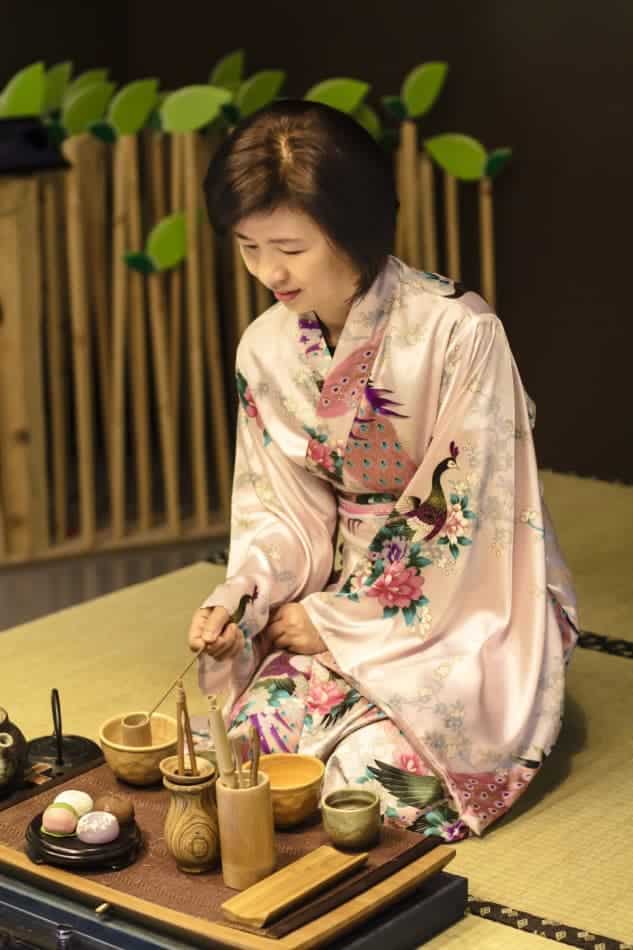
The most important thing is to put your back against the wall. This will help you maintain a lower position in your legs and allow you to sit more comfortably.
If this makes no difference, try sitting on a zabuton or floor cushion instead of the ground. This may seem an obvious solution, but many people think sitting on the floor is just “part of their culture,” They don’t realize there’s a much more comfortable option!
Once you learn to ease your way into it, Japanese-style seating can be pretty enjoyable. At first, everyone thinks it will be hard or uncomfortable, but it can be relaxing in reality!
Why do the Japanese sit in the shower?
In the case of the Japanese-style shower, your knees are bent but also supported by a soft surface.
Many people in Japan take baths instead of showers, so if you’re visiting someone’s home, you might see them taking their shoes off and entering the bathroom with socks on (instead of barefoot.)
They want to avoid soaking the wooden floors with water and don’t want their guests to slip!
Is sitting seiza healthy?
It is a myth that sitting seiza is terrible for your knees.
The Japanese-style chair in which you stretch out both legs on the floor was initially designed to distribute your weight evenly between both feet and avoid putting extra force on one knee or the other.
It wasn’t until after World War II that people started using this chair as punishment. This is why many people fear that Japanese-style seating might be inadequate for your knees, but you don’t need to worry about that in reality!

